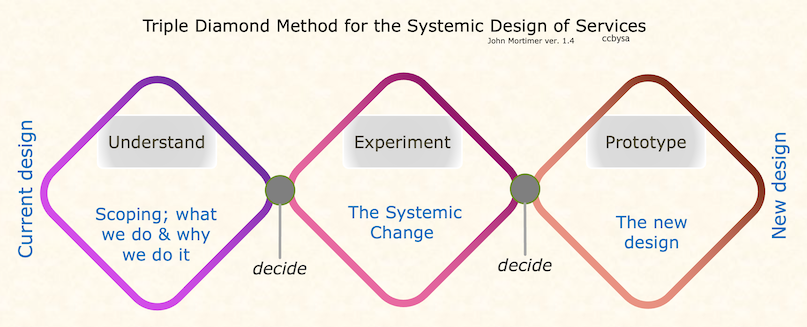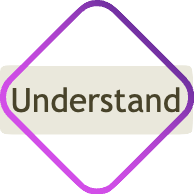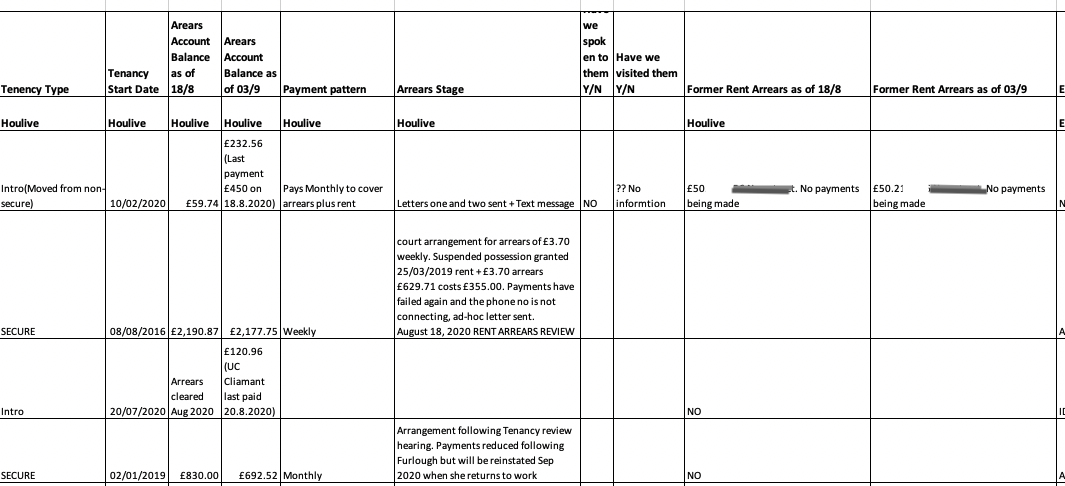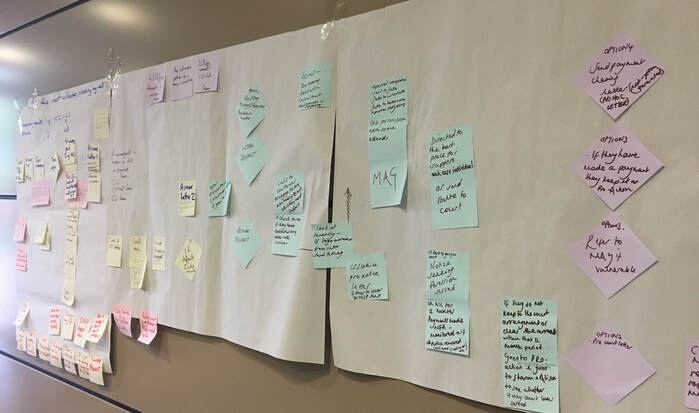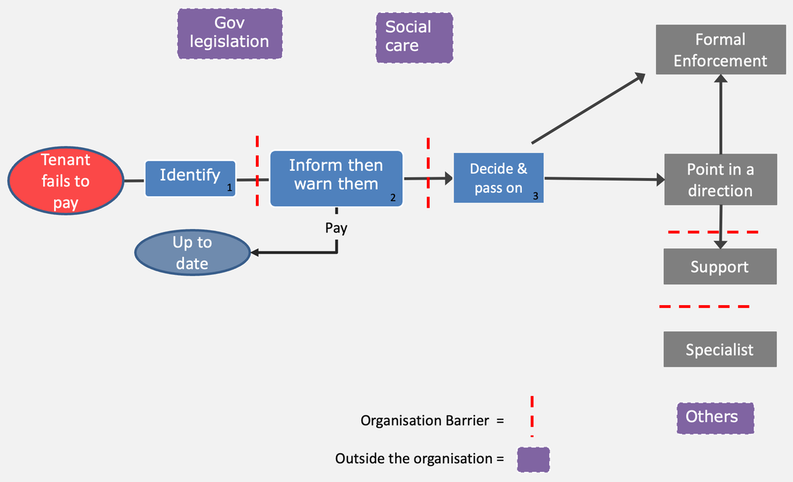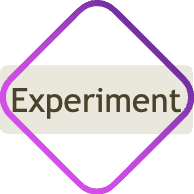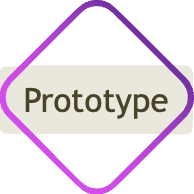Locality and place based working with liberated method principles
Supporting people with complex needs in a locality requires a flexible approach where staff work with people in their community
Below is an example of a housing rental organisation in England, who used a systemic service design approach to challenge and redesign their current way of working.
How it works
How to 'fix' this problem - a real example
Traditionally, how might we proceed?
The manager of the service tells us that he wants a nice shiny new website and maybe an app. That will solve the problem!
We find that the current organisation website is difficult to navigate, and based on an ancient design... So we can understand the frustration of the manager.
What we might do as a digital service design:
The manager of the service tells us that he wants a nice shiny new website and maybe an app. That will solve the problem!
We find that the current organisation website is difficult to navigate, and based on an ancient design... So we can understand the frustration of the manager.
What we might do as a digital service design:
|
Helps people to understand the problem as soon as they fail to pay.
|
|
Make it really easy to pay using different online methods.
|
|
Offer support and advice if they cannot pay.
|
It looks straightforward...
But lets look at a systemic way of seeing the problem
But lets look at a systemic way of seeing the problem
Whole systemic service redesign
We use the three stage triple diamond service design methodology to apply the liberated method principles.
Understand is the analysis of the current system, its performance and the impact on the customer. The customer being the housing tenant. The approach that was used was to take a team of front line staff and the manager through a series of stages of learning and prototyping - they started by understanding why the tenant was not paying; taking several cases at random, and spending some hours understanding them from the records we currently have for them, below.
They also mapped out all the activities that occurred within, and outside the organisation to deal with this problem.
The focus of the service
When looking at our organisation, if you ask what our job, they would say the purpose is to;
enforce the rules so that rent gets paid on time
They have the ability to issue a penalty, take the tenant to Court, or force them to leave the property.
During this process the officer has to document each stage in detail, and will include sections from the legislation. The tone of the letters is very standard and official - and the wording must be written assuming that the letter might be shown in Court.
The workflow
The end to end flow of work
The overall flow goes through 3 separate departments, before we get into identifying a real problem, typically talking to 11 different officers in total.
The overall flow goes through 3 separate departments, before we get into identifying a real problem, typically talking to 11 different officers in total.
The characteristics of this service;
1. It is a standard approach for everyone, until they get into real trouble after box no. 3.
2. There is a division of expertise across the organisation, each with a different purpose & way of working.
3. Communication between departments is poor, and often only written.
4.The support available to tenants is only after many weeks.
1. It is a standard approach for everyone, until they get into real trouble after box no. 3.
2. There is a division of expertise across the organisation, each with a different purpose & way of working.
3. Communication between departments is poor, and often only written.
4.The support available to tenants is only after many weeks.
Hardly the indicators of an effective, agile flow!
Characteristics of the old service
- We enforce,
- We treat everyone the same,
- Our managers use KPIs to understand how well were doing,
- We cannot let people get away with not paying, or else they will all do this.
- We treat everyone the same,
- Our managers use KPIs to understand how well were doing,
- We cannot let people get away with not paying, or else they will all do this.
At the end of Understand, the Assistant Director and the team were not happy with what they were doing, and they were shocked by the fragmented flow of work, but at this point the staff could see other ways of doing this work.
Experimenting Steps
The team had some ideas as to solutions, and the senior management gave them permission to work apart from their current way of working - we used a new set of 'liberated method' principles:
- Understand what matters for each person, this determines the design.
- We make decisions based on knowledge and evidence, not opinion or standards.
- Only do what is needed to create value, enabling the person to gain control.
- Take ownership through the end to end journey with the person.
- Work as a team, without department barriers.
- We are here to learn, and improve.
Rule 1 - do not break the law.
Rule 2 - do not make their situation worse.
So we decided to try some of those ideas out. Our task was to try out various ideas on people who had not paid rent over a period.
The first person we visited follows below;
The team had some ideas as to solutions, and the senior management gave them permission to work apart from their current way of working - we used a new set of 'liberated method' principles:
- Understand what matters for each person, this determines the design.
- We make decisions based on knowledge and evidence, not opinion or standards.
- Only do what is needed to create value, enabling the person to gain control.
- Take ownership through the end to end journey with the person.
- Work as a team, without department barriers.
- We are here to learn, and improve.
Rule 1 - do not break the law.
Rule 2 - do not make their situation worse.
So we decided to try some of those ideas out. Our task was to try out various ideas on people who had not paid rent over a period.
The first person we visited follows below;
|
|
Visit 1 - These are the actual notes of what we found:
|
- They had rent & tax arrears £3760. (over 9 months)
- They were not prepared for the visit. The place was very cluttered. Childs room is used by the man to work in.
- Child slept in parents room. Gloomy, lack of natural light. Stuffy, vents closed. Child has nothing to play with.
- Filthy toilet. Energetic and under-exercised Staffie pet dog.
- They have no car. Child never went out. Recent man plays computer games all day, has behavioural issues.
- The mans PIP (personal payments) have been cancelled, so he is not receiving the money he should.
|
|
Visit 2 - Then we went back for a second visit:
We brought some books with us for the child, to help build trust with the mother. |
- They were painting their walls. The man is stoned.
- They are worried that social services might take the boy away, and that we might tell them.
- They have not updated the system where they get their benefits from, so they have less money coming in.
- We learned she is a carer, but she hurt her arm two weeks ago. She is on a zero hour contract, so she is not receiving any wages or sick pay.
- She is caring for the man and child. She is chief cook and cleaner.
|
|
Visit 3:
|
- We find that they have multiple debts.
- Admits to a lack of food, the fridge was almost empty.
- Her family lives near, but they pull on her help, and she wants to move away.
- She is trying to get a nursery place for the child. Child speech development is slow, and he has a heart condition.
- She is exhausted and crying. Living day to day. She broke down in-front of us.
We tried different ideas and repeated this with several people. What did we learn?
- That we had to visit, in this case more than once, to discover the true situation with the family. This rarely happens over the phone, because people are embarrassed, and lack trust in us.
- The problems are always complex, involving a multitude of issues.
- We need to involve other in our organisation to help solve this
- When we begin to help solve these issues, the tenants can be in a position again to pay.
But the most important thing we learned was that, when people cannot pay their rent, most of them react very badly to the letters we send them!
We also found that sometimes the letters did help. In the end we found that there were several type of reasons why people did not pay:
Each of those types, required different approaches!
- I cannot pay, I dont have the money
- I cannot pay because I am an addict/ mental health
- I earn enough but my lifestyle puts me into debt
- I have got used to not paying, and that's not a problem.
- I can pay, but I won’t
Each of those types, required different approaches!
an example of learning in the experiment
When the managers had got their list of types of why people did not pay, it was a revelation. They finally understood why this was such a problem.
They immediately decided to create a prototype to test this out with the real demand coming in.
They immediately decided to create a prototype to test this out with the real demand coming in.
The new workflow - I asked the team to create a new workflow, with only the value steps in. Letters were discarded if necessary, no reports were written, and no unnecessary recording was done on IT systems.
The team created this:
The team created this:
- Visit the person, or talk to them on the telephone. Understand that person, what is going on in their lives. What matters to them.
- Allow staff to adapt the method we apply to each person to the solution that best fit their individual situation.
- The officer retains ownership of the tenant, ensuring a single point of understanding and contact.
- A digital solution was created that worked with two of the categories, whilst the others were all based on person to person communication.
Outcomes
Old 'enforce' principles of working - Command & Control principles |
New 'help me' principles of working - liberated method type principles |
We follow instructions. |
We understand the customer, and their lives. |
We ignore the individual issues the person has. |
We adapt and do the right thing for them. |
We follow the wording of the legislation, and use that as an excuse to act forcefully. |
We use the legislation to guide the reality of how it should be implemented. |
This is just a job, tenants dont like me. |
I enjoy my job, I help people who are in need. |
We start design using digital. |
We decide how digital helps us. |
We tell residents what to do. |
We help residents to help themselves. |
Staff are controlled through rigid procedures |
Staff apply a framework to do the right thing. |
This is the standard 'enforcement' mindset, where we believe that it is our job to make them do the right thing, by imposing our will through our decisions and an atmosphere of fear. |
A very different approach, where the control and decisions remain with the organisation. We support them in the circumstances they are in, to the point where they become confident in their own abilities. |
Summary of performance measures
- The service outcomes reversed from increasing overdue payments, to reducing over the next 2 years.
- the % of tenants overdue fell from 15% to 6%
- Service ethos changed from enforcement and fear, to helping.
- Unnecessary work reduced by 20%.
- Customer perception changed from suspicion to welcoming.
The Implications
Think of those public services that are 'enforcement' - that is about issuing penalties, chasing them, force people to do certain things out of fear. Imagine what would be the implications to the community if those services,
instead of
we enforce
became; we help
instead of
we enforce
became; we help
The Roles
My role as the consultant was as the provider of expert concept and techniques, a facilitator, and as a guide. I would give them the right direction and tools at the right time, and they would develop the outcomes. So, no nice clean diagrams from me, they were all generated by the team.
The managers - two of the managers were involved for about 1-2 days a week. They had to start by being part of the team, and they had to learn and go on visits. Slowly over time they started to learn new ways of interacting with the team and allowing officers to come up with the solutions. The manager had to learn how to work with an empowered and self managing team.
Everything was put up on the walls, because it was created by the team, and it had to be visible at all times.
The managers - two of the managers were involved for about 1-2 days a week. They had to start by being part of the team, and they had to learn and go on visits. Slowly over time they started to learn new ways of interacting with the team and allowing officers to come up with the solutions. The manager had to learn how to work with an empowered and self managing team.
Everything was put up on the walls, because it was created by the team, and it had to be visible at all times.
workshop
Find this interesting? How about joining a systemic design masterclass to learn how to apply this
Liberating method is a phrase and method created by John Seddon of Vanguard. The liberated method is a term coined by Mark Smith of Gateshead, developed from the Vanguard method.






